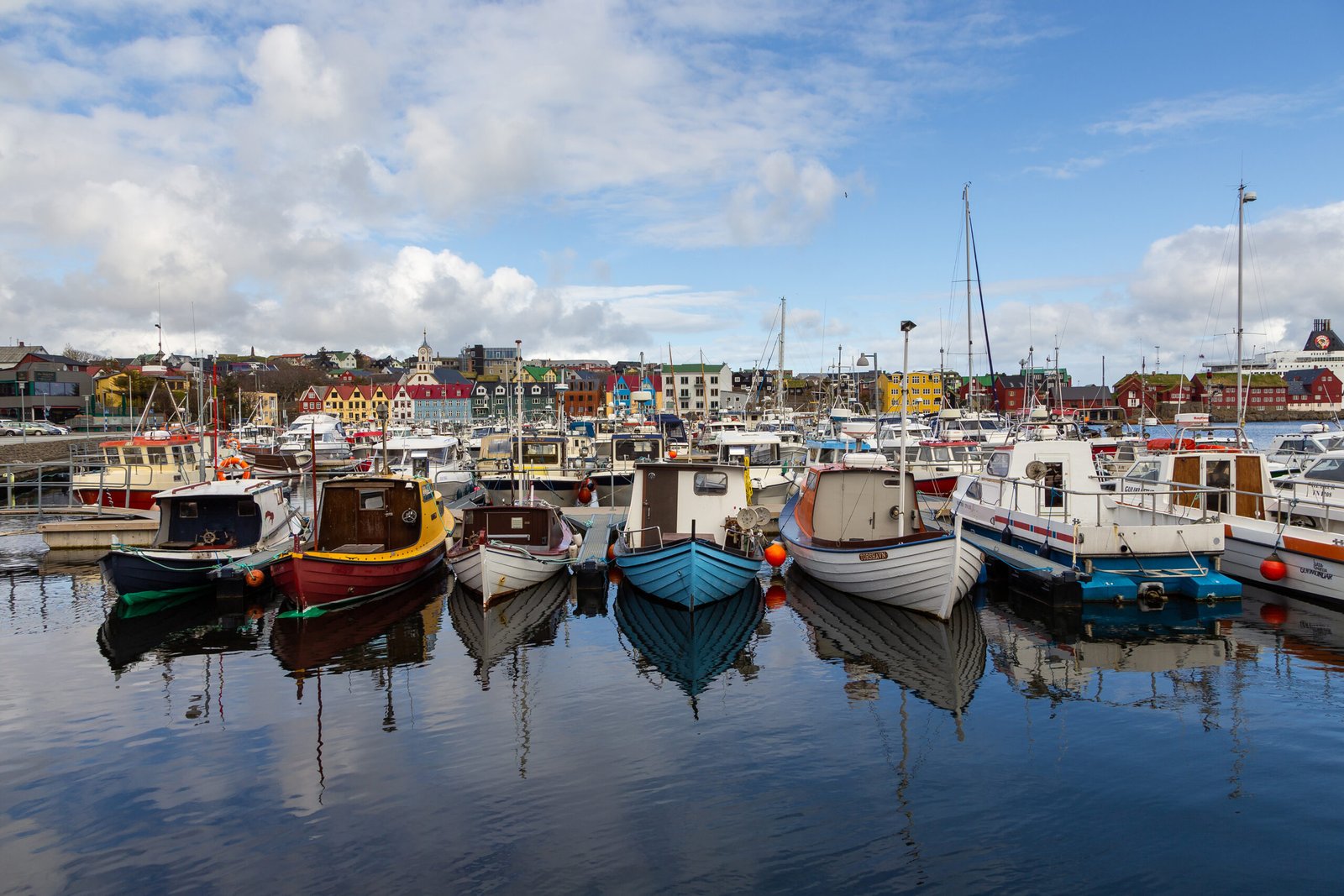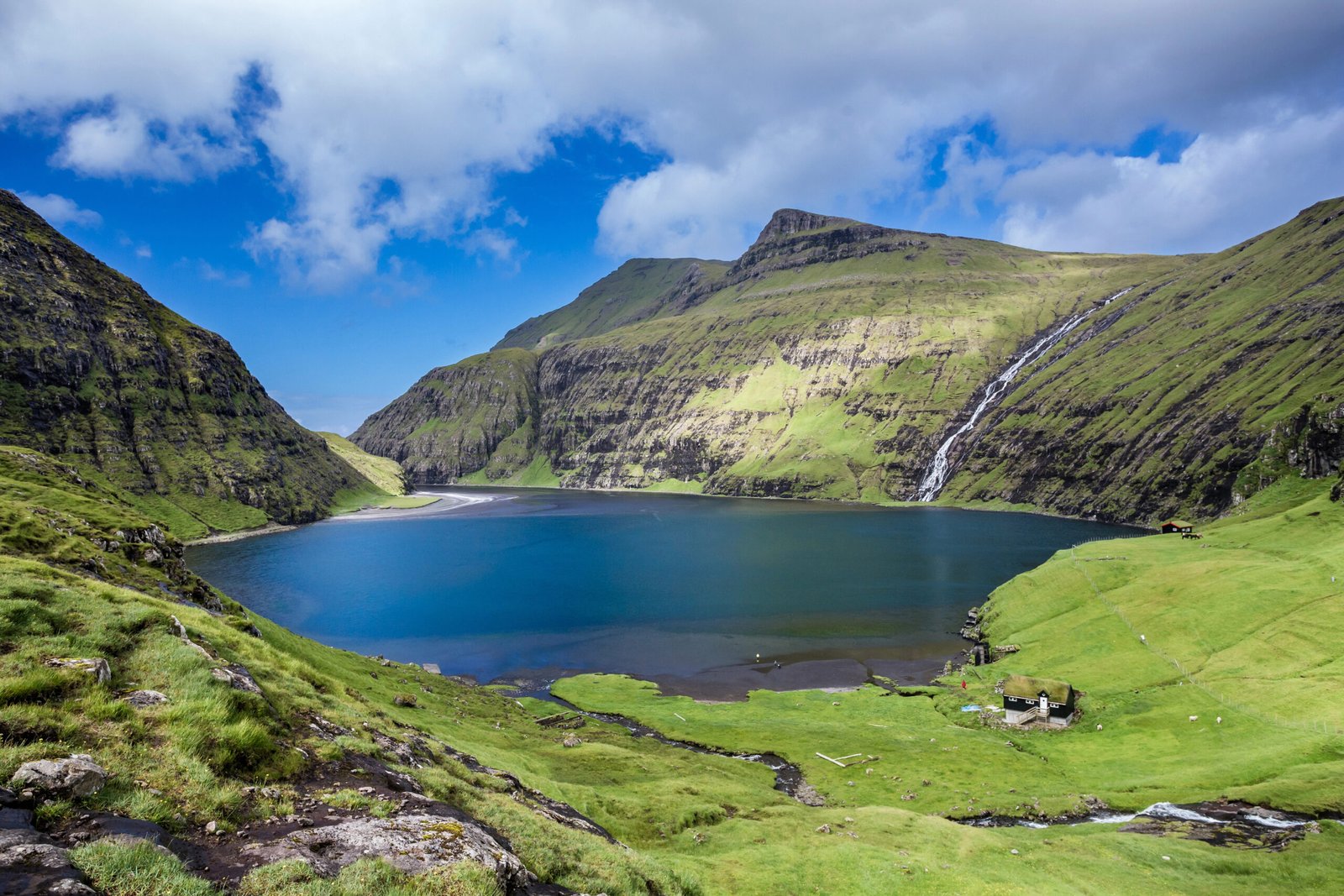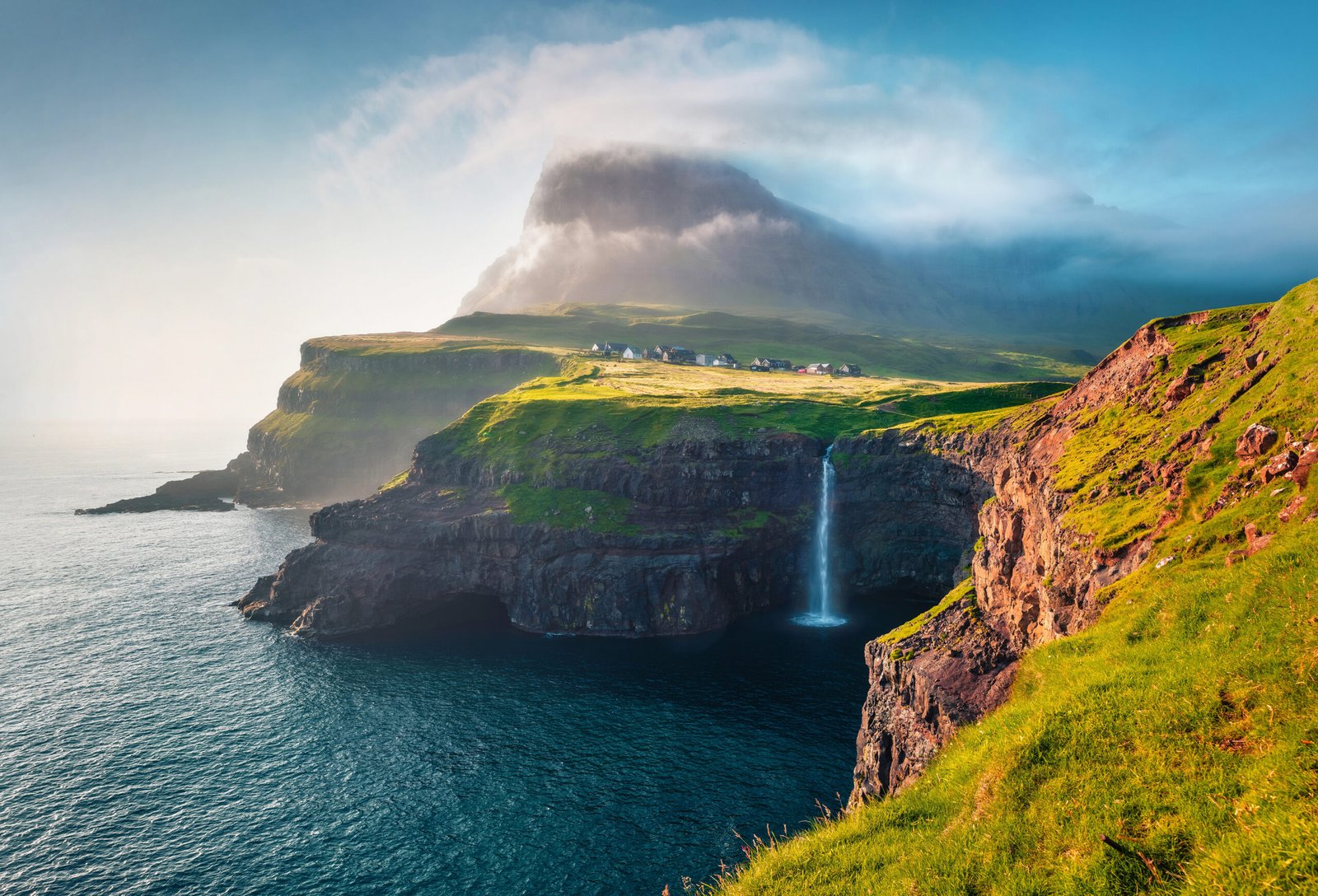An Unspoiled Destination in the North Atlantic
The Faroe Islands, situated in the North Atlantic Ocean, comprise a group of 18 islands known for their stunning landscapes and rich cultural heritage. Located approximately halfway between Iceland and Norway, this archipelago offers a unique blend of rugged natural beauty and thriving communities that captivate travelers. The islands are characterized by steep cliffs, dramatic coastlines, and lush green valleys, which create a picturesque setting that is both serene and unspoiled.
This remote destination is gaining popularity among travelers seeking an off-the-beaten-path experience. With their dramatic topography, the islands provide ample opportunities for outdoor activities such as hiking, birdwatching, and photography. Each island features its own distinctive charm, from the vibrant village of Tórshavn, the capital, to the breathtaking landscapes surrounding the village of Gjógv. The islands' geographical isolation has protected their ecosystems, making them a haven for various bird species, including puffins and guillemots.
The culture of the Faroe Islands is deeply rooted in its Viking heritage, which is reflected in the traditional music, storytelling, and craftsmanship that still thrive today. Visitors have the opportunity to experience local festivals, enjoy traditional Faroese cuisine, and gain insight into the islands' history through well-preserved museums. These aspects not only enhance the travel experience but also foster a deeper appreciation for the unique identity of the Faroese people.
As an emerging travel destination, the Faroe Islands are increasingly recognized for their sustainable tourism initiatives. The islands prioritize eco-friendly practices, ensuring that their natural resources and cultural heritage are preserved for future generations. This commitment to sustainability attracts ecologically-minded travelers who are eager to explore this breathtaking corner of the world while minimizing their impact on the environment.
Places
Faroe Island Highlights

Tórshavn
Tórshavn, the capital and largest city of the Faroe Islands, stands as a testament to the unique blend of modernity and tradition that characterizes this remote archipelago. Nestled between majestic hills and the North Atlantic Ocean, Tórshavn emerges as the vibrant heart of Faroese culture, politics, and social life. The city's name is derived from the Norse god Thor, emphasizing its historical roots while also showcasing its contemporary developments.
One of the key attractions within Tórshavn is the old town, known as Tinganes. This area is famed for its picturesque buildings with grass roofs, which date back to the 16th century. Walking through Tinganes provides visitors with an intimate glimpse of the city’s history, as well as the rustic charm that is inherent to many of the Faroe Islands. The old town also houses the historical Parliament House, where the heart of Faroese governance resides. For those interested in local culture, this space embodies the spirit of Tórshavn, connecting the past with the present.
In addition to the historical aspects, Tórshavn is home to various local markets, such as the Tórshavn Food Market. This vibrant marketplace showcases an array of fresh produce, seafood, and artisan products, offering a true taste of Faroese cuisine. Visitors can indulge in local delicacies while mingling with residents, thus gaining insight into the daily lives of the locals. Furthermore, cultural institutions like the National Museum of the Faroe Islands and the Nordic House serve as essential stops to explore the rich heritage and artistic expressions of this charm-filled city.

Saksun
Located on the island of Streymoy, Saksun stands as one of the Faroe Islands' most captivating natural gems. This picturesque village is framed by towering mountains and bordered by an enchanting tidal lagoon, creating a remarkable landscape that attracts both nature lovers and photographers. The unique geological features of this area contribute to its appeal, making it a sought-after destination for those seeking to experience the raw beauty of the Faroe Islands.
One of the key attractions in Saksun is its iconic church, known for its charming architecture and historical significance. The church, built in the 19th century, is an essential part of the village's heritage and offers visitors a glimpse into the cultural history of the region. Its location, overlooking the majestic lagoon, enhances its allure, providing a stunning backdrop that is perfect for photography enthusiasts. The surrounding traditional grass-roofed houses—an architectural hallmark of the Faroe Islands—add to the village's quaint charm and showcase the unique building methods that have been passed down through generations.
The landscape around Saksun is characterized by lush green valleys and steep cliffs, providing plenty of opportunities for outdoor activities. Hiking is particularly popular, with numerous trails leading through breathtaking scenery. Visitors can immerse themselves in the pristine nature and observe the diverse wildlife that inhabits this remote area, including various bird species that thrive along the cliffs and coastal zones. The changing tides of the lagoon create dynamic vistas that evolve throughout the day, offering new perspectives for photography and exploration.

Mulafossur Waterfall,
Mulafossur Waterfall, located near the charming village of Gásadalur, is one of the most breathtaking natural wonders in the Faroe Islands. Situated on the island of Vágar, this magnificent waterfall cascades dramatically into the Atlantic Ocean, offering a stunning spectacle that draws both nature enthusiasts and photographers from around the globe. Its geographical setting is as picturesque as it is unique; enveloped by steep cliffs and verdant landscapes, Mulafossur presents a tranquil yet powerful scene that epitomizes the raw beauty of the Faroe Islands. Historically, Gásadalur was a remote village, accessible only by a challenging hiking route until the construction of a tunnel in the early 2000s. This newfound accessibility has allowed Mulafossur Waterfall to gain prominence as a must-visit destination for tourists. The waterfall itself, which boasts a height of around 30 meters, is fed by Lake Sørvágsvatn, the largest lake in the Faroe Islands, which lies above the village. This creates a striking visual effect as water flows seamlessly from the lake into the dramatic cliffs below, adding to the attractiveness of the site. Reaching Mulafossur Waterfall is relatively straightforward. Visitors can drive to the village of Gásadalur and park near the trailhead that leads to the waterfall. The short walk, which takes approximately 20 minutes, features well-marked paths that cater to individuals of varying fitness levels.
